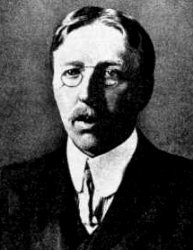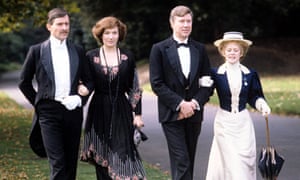Sometimes one has to write a potentially very unpopular article and today is my day. I hope you'll give me a break on this one, because I purchased a book and read it till the end and, given my investment, I have an opinion. You can call it a whine and offer me some cheese, but here it is.
Just read a mystery novel. The narrator appeared nice, sympathetic with the victim and then, bam, it turned out that the narrator lied the whole novel.
The writing was exquisite, the characters finely drawn and yet, at the end, I was not impressed. Dashiell Hammett famously said (referring to people not narrators) that liars are bores. In this case, I was not bored, I was annoyed. There are different types of unreliable narrators: ones who fool themselves and ones fool the reader. The former, narrators who fool themselves are utterly human - I expect and enjoy them in novels. The latter, the liars who fool the reader, are different. Some enjoy the twist of the narrator as liar in a novel. I do not. Give me an honest narrator. Make them limp with naiveté, hobble with some impairment in insight, and I'm still on board. Make them a liar and I feel like I've wasted my time.
Now that, in two paragraphs, I've probably annoyed many, let me spend the rest of the paragraphs explaining.
Like many people, I'm a two-fisted reader. In one hand, I always hold a mystery novel and in the other hand, I've always held science books. I expect the narrators in both hands to tell the truth.
Can you imagine reading one of Louis Leaky's books - where he presents careful fossil evidence showing that the birthplace of humans was Africa and not Europe or Asia as previously thought - only to reach the end of the book where he tells you that he'd been digging in Scotland? Or imagine a doctor meticulously going through your results, telling you that you have incurable lung cancer and, after helping you tell those who love you, hearing their anguish and sharing yours, the doctor explains you don't have cancer but was enjoying the reactions you and yours had to the false diagnosis. I suspect that you would never read Leaky's books or go to that doctor again.
Even science and mystery books with reliable narrators have intrigue - the narrator is limited by their knowledge, the times they live in, their own foibles and shortsightedness. I'm fine with all that. I just don't like being told, at the end of investing my time, that I've been lied to.
How is any of this a walk-back of my initial criticism? That was the explanation, here's a part of the walk-back: I strongly suspect that when any of us reads mystery novels, our criteria for judging them is impacted by what else we read. If you're a two-fisted reader of mystery and impressionist art or, mystery and Shakespeare, for example, what you expect from a book may be different. A book that annoys one person, delights another.
Here's the other part of the walk-back: the books we read push us towards certain professions, then our profession in turn pushes us to certain books and these books push back into our professions - this is an endless loop, a constant dialogue - a dialectic - where one changes the other. Many have discussed the natural relationship between medicine and writing mystery novels - many of my colleagues also read mystery novels - but I recently read this very clear explanation of the relationship:
"Almost all mystery novels open with something unpleasant happening to the victim (read, patient). The perpetrator (disease) causes harm, but does so in such a sly and covert fashion that the protagonist (doctor) is left in the dark. Through diligence and careful observation, new clues (symptoms, signs, laboratory tests) are discovered and the villain (disease process) begins to take shape and structure. If it is a good novel with a happy ending, the perpetrator is uncovered by the protagonist and is punished or eliminated (treated successfully). As you see, there is not a whole lot of difference between mystery novels and complex discharge summaries. Thus, in a sense, doctors are trained to be writers and storytellers."
One can see how a profession, in my case medicine, influences how one feels a story should progress. In other words, I was not built - by my two-fisted reading and my work - for a unreliable narrator who lies as a technique to tell their story. I apologize to the excellent author who triggered this article but I will not be buying their books. Luckily, many other readers will because they're an excellent writer.
As the final part of my walk-back, this as an ode to the reliable narrator - please write that book. Give the reliable narrator warts or shortsightedness, give them anguish or arrogance, but make their attempt to tell an honest story an earnest one - no matter how much they fail at it - and many of us will truly appreciate this book.






